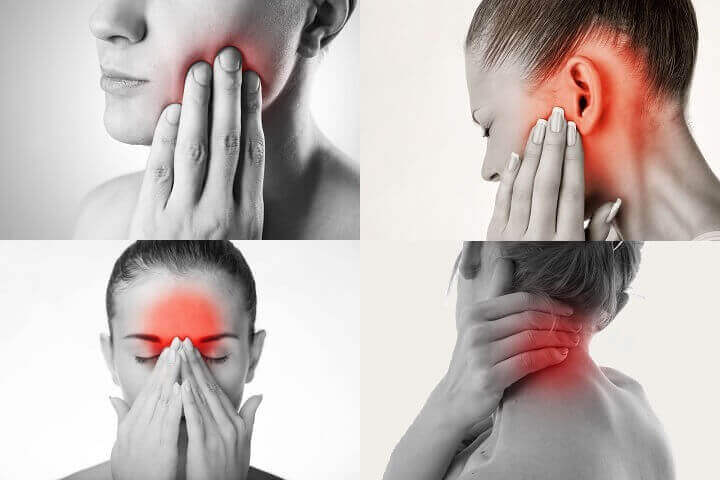Bruxism is a dental problem with consequences that can be very negative for the functioning of our minds, consists of squeezing teeth, upper and lower teeth, and making them grind by sliding them back and forth on top of each other, this problem is usually an unconscious act, so prevention or intervention is very complicated.
Bruxism can occur during the day or night, although during sleep the problem is more serious because it is more difficult to control, there is disagreement about the cause of bruxism, but it seems that daily stress can be the psychological trigger for many people.
- Bruxism also affects men and women.
- Its prevalence decreases with age.
- About 14% of children are affected.
- 12% in adolescence and only 8% in adulthood.
- It is important to consider that early diagnosis is critical to avoid dental health problems and sleep quality.
One of the main causes of bruxism is stress
If we wake up with facial muscle pain or headache, we can show the most typical symptoms of bruxism, bruxism causes teeth to become donned or loosened and literally pulsed or wear, and destroys the bone that holds the tooth and causes joint problems, such as temporomandibular joint syndrome.
Affected people rarely notice teeth biting or tightening, nor do they notice symptoms because in most cases they occur unconsciously during the sleep phase, it is only when teeth grind beyond a certain point that tension or hardening of facial muscles can occur.
Sometimes your teeth, jaw, face, siens and ears hurt; in some cases, pain can occur throughout the head; if teeth grind over time, the tension is also overcome by the neck and shoulders.
The precise causes of bruxism have not yet been established, however, several favorable factors have been identified:
“Sleeping well is one of the habits for which our minds are most grateful.
Proper treatment will be closely related to the cause, as it’s about going to the root and not just trying to slow down symptoms, relaxation techniques can help us a lot in this regard, as stress seems to be the main cause of bruxism. Any initiative that effectively reduces stress can help, such as listening to music, reading, and walking.
For cases where the key factor is a psychological disorder, such as anxiety, it is recommended to learn complementary relaxation and physiotherapy techniques, treating the acute phases of pain with anti-inflammatory and muscle relaxants.
Psychological therapy helps reduce episodes of bruxism, as the patient learns to relax and self-control. Actions to reduce anxiety modulate the influence of the hypothalamus and limbic system on the regulation of muscle tone.
Treatment of bruxism aims to reduce symptoms and help preserve teeth. Given the persistence of the disorder, the patient can be referred to a specialist: an otolaryngologist, a sleep doctor, a physiotherapist or a psychologist.
“Practicing meditation and relaxation techniques helps you sleep
bibliography
Alcolea Rodríguez, J. R. , Herrero Escobar, P. , Ramon Jorge, M. , Sol, L. , Trinidad, E. , Pérez Téllez, M. and Garcés Llauger, D. (2014). Association of bruxism with biosocial factors. Scientific Medical Mail, 18 (2), 190-202.
Arreaza, A. , Correnti, M. et Battista, V. (2010). Anxiety as a personality characteristic in a group of patients with oral lichen planus. Act dentist. eat, 48 (2).
Da Acosta Alvarez, A. , Alchieri, A.
Pérez, G. , Vazquez, L. et Vzquez, Y. (2007). Bruxism: somatizing stress in dentistry. At Rev Scientific Forum (Vol. 21, No. 52, p. 5).
Pinto, F. y Washington, W. (2014). Bruxism and related pathologies by overpopulation and psychophysical stress in patients of the Center for Social Rehabilitation No. 2 from Quito, from October 2013 to March 2014 (undergraduate thesis, Riobamba: Universidad Nacional del Chimborazo).
Safe, M. G. , Rodriguez, M. O. , and Rojas, P. D. (2003). Combined treatment of patients with bruxism with occlusal splints and psychotherapy. Cientif Med Holguon Post, 7, 12.
Vicua, D. , Id, M. E. et Oyonarte, R. (2010). Associations between clinical signs of bruxism, anxiety and electromyographic massage activity with strip bite device® in high school (secondary) teens. International Journal of Odontostomatology, 4 (3), 245-253.

